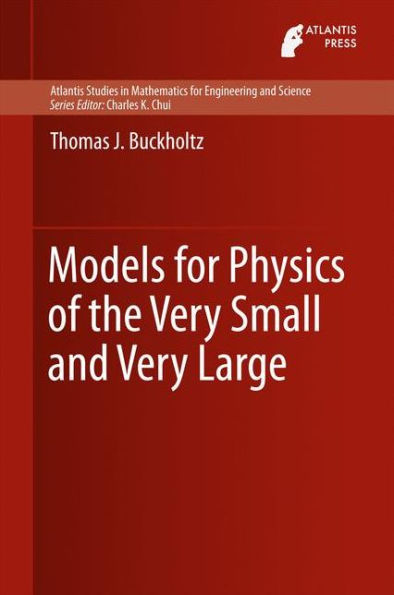Models for Physics of the Very Small and Very Large
This monograph tackles three challenges. First, show a mathematics-based meta-model that matches known elementary particles. Second, apply models, based on the meta-model, to match other known physics data. Third, predict future physics data. The math features solutions to isotropic pairs of isotropic quantum harmonic oscillators. This monograph matches some solutions to known elementary particles. Matched properties include spin, types of interactions in which the particles partake, and (for elementary bosons) approximate masses. Other solutions point to possible elementary particles. This monograph applies the models and the extended particle list. Results narrow gaps between physics data and theory. Results pertain to elementary particles, astrophysics, and cosmology. For example, this monograph predicts properties for beyond-the-Standard-Model elementary particles, proposes descriptions of dark matter and dark energy, provides new relationships between known physics constants (including masses of some elementary particles), includes theory that dovetails with the ratio of dark matter to ordinary matter, includes math that dovetails with the number of elementary-fermion generations, suggests forces that govern the rate of expansion of the universe, and suggests additions to and details for the cosmology timeline.
1123606969
Models for Physics of the Very Small and Very Large
This monograph tackles three challenges. First, show a mathematics-based meta-model that matches known elementary particles. Second, apply models, based on the meta-model, to match other known physics data. Third, predict future physics data. The math features solutions to isotropic pairs of isotropic quantum harmonic oscillators. This monograph matches some solutions to known elementary particles. Matched properties include spin, types of interactions in which the particles partake, and (for elementary bosons) approximate masses. Other solutions point to possible elementary particles. This monograph applies the models and the extended particle list. Results narrow gaps between physics data and theory. Results pertain to elementary particles, astrophysics, and cosmology. For example, this monograph predicts properties for beyond-the-Standard-Model elementary particles, proposes descriptions of dark matter and dark energy, provides new relationships between known physics constants (including masses of some elementary particles), includes theory that dovetails with the ratio of dark matter to ordinary matter, includes math that dovetails with the number of elementary-fermion generations, suggests forces that govern the rate of expansion of the universe, and suggests additions to and details for the cosmology timeline.
89.99
In Stock
5
1

Models for Physics of the Very Small and Very Large
382
Models for Physics of the Very Small and Very Large
382Hardcover(2016)
$89.99
89.99
In Stock

Product Details
| ISBN-13: | 9789462391659 |
|---|---|
| Publisher: | Atlantis Press |
| Publication date: | 05/20/2016 |
| Series: | Atlantis Studies in Mathematics for Engineering and Science , #14 |
| Edition description: | 2016 |
| Pages: | 382 |
| Product dimensions: | 6.10(w) x 9.25(h) x (d) |
From the B&N Reads Blog
